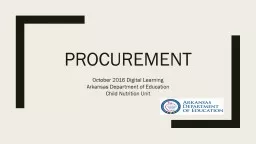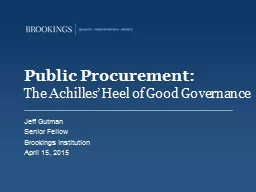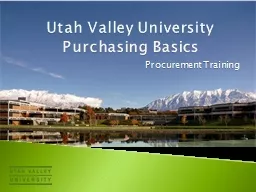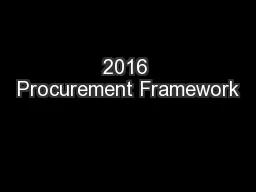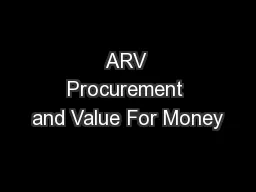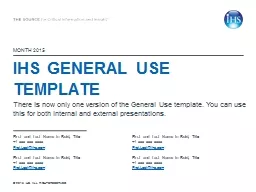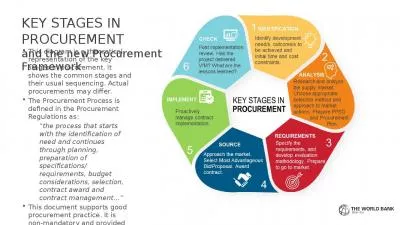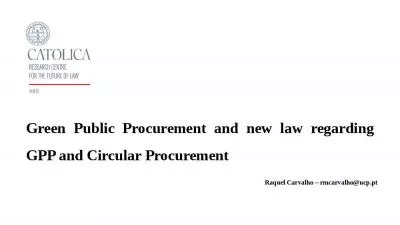PPT-procurement October 2016 Digital Learning
Author : conchita-marotz | Published Date : 2018-12-10
Arkansas Department of Education Child Nutrition Unit All school districts are required to have a Procurement Review once every 3 years beginning with the 20162017
Presentation Embed Code
Download Presentation
Download Presentation The PPT/PDF document "procurement October 2016 Digital Learnin..." is the property of its rightful owner. Permission is granted to download and print the materials on this website for personal, non-commercial use only, and to display it on your personal computer provided you do not modify the materials and that you retain all copyright notices contained in the materials. By downloading content from our website, you accept the terms of this agreement.
procurement October 2016 Digital Learning: Transcript
Download Rules Of Document
"procurement October 2016 Digital Learning"The content belongs to its owner. You may download and print it for personal use, without modification, and keep all copyright notices. By downloading, you agree to these terms.
Related Documents

